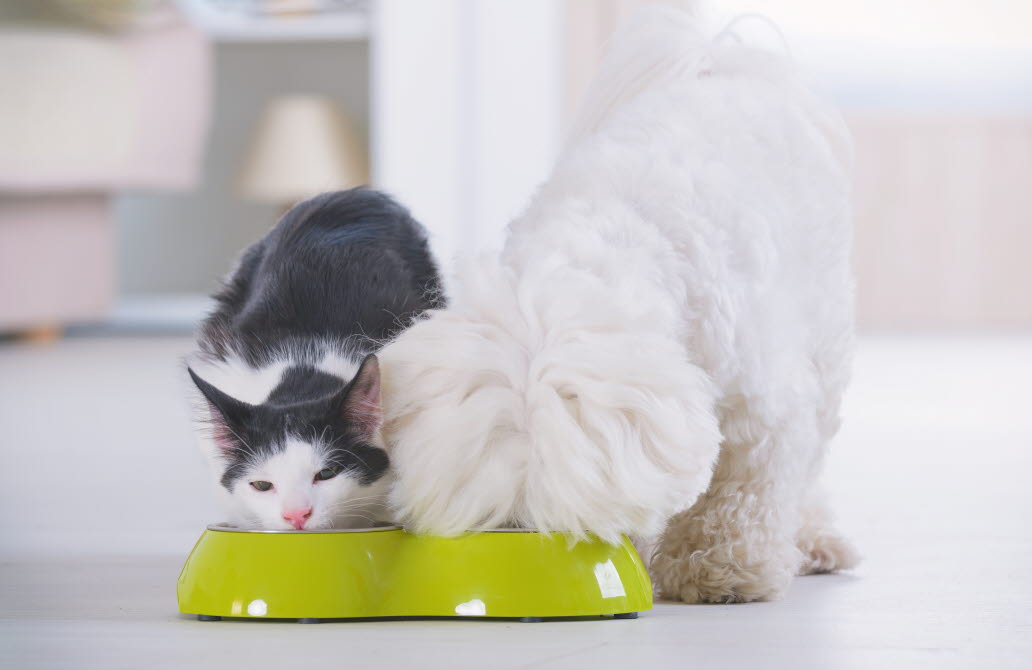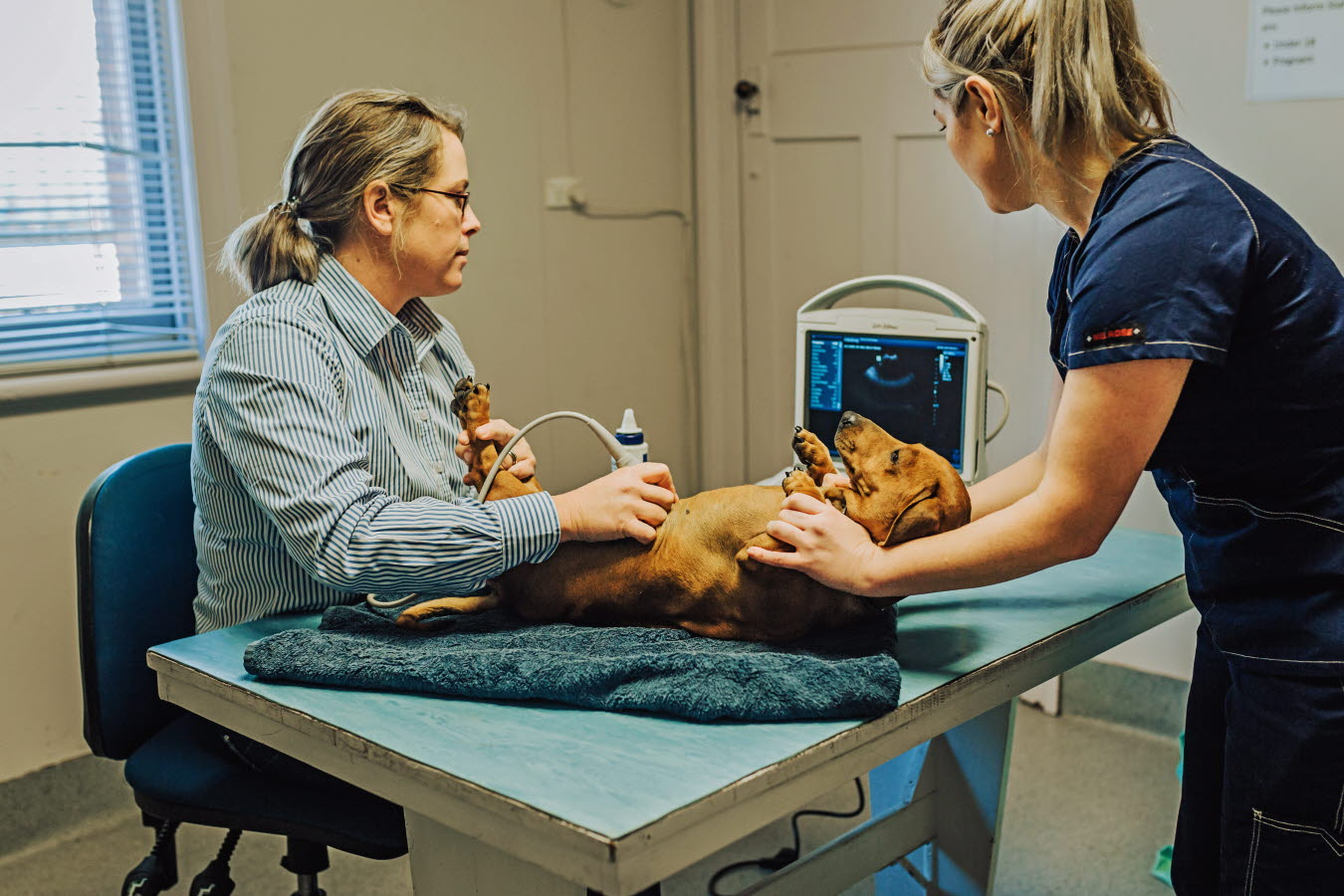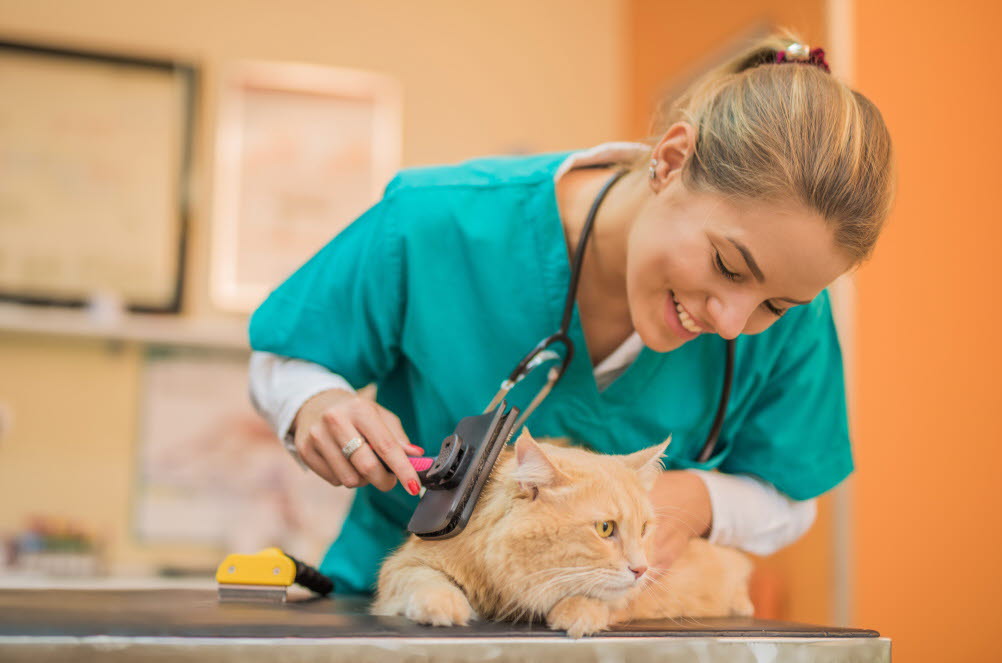Helping animals

Injured birds and wildlife need expert care, so it’s important to contact a veterinarian or trained wildlife carer if you find a sick or injured creature. They can advise you on the next steps to take. You should not attempt to feed or treat the animal unless you have specialist knowledge or training.
It is against the law to keep native animals taken from the wild. They must be passed on to an authorised carer with a licensed wildlife rescue organisation or a veterinarian.
As a rule, refrain from handling birds, bats or reptiles as they can inflict serious injuries or carry diseases detrimental to human health. Call your local wildlife rescue group and let them handle the rescue.
If it is a native animal, WIRES is the best option as they are a dedicated native wildlife rescue service (especially in NSW - there are links on the website to other States). WIRES are very well-connected with their volunteers' local vets and once an animal is picked up, they can source the necessary veterinary assistance for the injured animal.
WIRES have also developed a smartphone App that has basic information about each native animal and what to do when one happens across them. You can also use the App to report a rescue and organise a drop-off to one of the trained WIRES volunteers.
WIRES generally advised that for your safety and health (and possibly your life), you do not approach:
- snakes (Australia has some of the most lethal snakes in the world) – look online for the nearest reptile handler or snake-catcher near you
- monitor lizards
- bats (of any type, including flying foxes - very high risk of transmissible diseases, some which are fatal)
- kangaroos or wallabies
- raptors (birds of prey e.g. falcons, eagles).
There are several things to remember if you do pick up wildlife or birds that are injured.
Location
It is important to advise the veterinarian or wildlife rescue service the exact location where the bird or animal was found. Many creatures are territorial and can be traumatised or targeted by predators if they are moved to a different habitat when returned to the wild.
Removing threats
Before you begin to examine an injured creature, remove any threats from the immediate vicinity. This might include children, pets such as dogs or cats, or other predators.
Handling
If you find a sick or injured animal or bird, it is important to observe the following guidelines when capturing and handling them:
Try to handle an injured bird as little as possible as most wild birds will be extremely stressed if handled. Care must be taken not to restrict the breathing of birds. They do not have a diaphragm and can be easily suffocated if the chest is restrained too tightly.
Most common species of birds can be captured by placing a towel over the bird, ensuring that the head is covered. Gently secure their wings, pick up and place into a cardboard box with holes punched in the sides for ventilation. Line the bottom of the box with a towel before transporting them to a veterinarian. It is important to realise that placing wild birds in a wire cage can cause significant feather damage.
Sick or injured animals often require individual handling depending on their species. Speak to the animal wildlife rescue service in your state for expert advice, or your local veterinarian before handling mammals.
Reminder: Do not approach snakes, lizards/goannas, bats, large macropods (kangaroos or wallabies) or birds of prey (eagles, falcons or hawks). These animals require specialist handling and must be rescued by trained wildlife rescuers or veterinary professionals.
Food and water
Unless you have received expert advice from a veterinarian or wildlife rescue specialist, do not feed native fauna.
More information about what to do in an emergency situation can be found: http://www.wires.org.au/rescue/emergency-advice
Sometimes it is very difficult to tell whether a friendly neighbourhood cat or dog is just wandering about, or a lost animal, or a stray.
Observation is a good start. Not all strays will look malnourished, as they may have alternate sources of food. Knowing your neighbours and their pets is also a good way to tell between a stray and a pet on a stroll.
For cats
Some action items you can do before trying to catch the animal (especially cats) are:
- See if the cat has a collar or tag - the cat may well be someone's pet. Collars may also have the owner's contact information
- Doorknock your neighbourhood, especially any new neighbours, in case the cat is an escapee from a new neighbour not familiar with the area
- Keep an eye on any notices on neighbourhood telegraph poles about lost pets
- Review lost pets websites www.petsearch.com.au or www.lostpetfinders.com.au to see if there are any from your area matching that description. Note that cats can roam enormous distances so keep an open mind
- Ring your local council and local veterinarian to see if anyone has lost their pet and give a detailed description of the animal (note that "black and white with yellow eyes" can refer to any one of hundreds of cats in your area). A clear photograph can often help
For more information the Cat Protection Society has a few good pointers on surrendering stray cats.
If you do catch a cat or kitten and you need to surrender it, you can contact your local vet, or Cat Protection Society in your state, or the RSPCA or local cat rescue groups such as Mini Kitty Commune (MKC) to request assistance. There are a plethora of rescue groups, and you can refer to our FAQ How do I know a rescue group is legitimate? if in doubt.
For dogs
With dogs, here are some things to keep in mind when you approach a dog you suspect is a stray:
- Your own safety is paramount. If the dog becomes aggressive or is in a difficult-to-retrieve situation then call for professional assistance
- Be cautious in your approach, you are likely an unfamiliar person and your approach might spook the animal, especially if it has previously been in an abusive situation before and has learned that humans are not friendly
- Speak in a relaxed, soothing voice when approaching the animal to show that you are not a threat
- Check (if safe to do so) for any identification such as a collar
- Learn to watch for the body language of dogs - their ears, eyes, teeth, tail all communicate what the animal is feeling. Learn how to avoid getting bitten
- Again if there is any doubt about the safety of approaching the dog, call the council ranger for assistance.
Again, check the listings for lost animals, and see if there is a match in the nearby areas. There are many rescue charities that may be able to advise.
There are many organisations in the community and on social media who claim to rescue animals. Some are well-established, and others are less so. As social media becomes more complex it is becoming less easy to differentiate between those that are good at what they do and those who just have "good PR".
Larger, more established charities are better at some things while smaller, more community-oriented charities may be better at others. Some things to consider are:
- Check their social media for testimonials, photographs and any signs of embellishments
- Make contact with the owners or managers and politely ask hard questions about finances, accountabilities and how donations are used
- If you are surrendering or adopting an animal, do go in person to check out their facilities
- Ask your veterinarian for any recommendations in your area
The Australian Not-for-Profit organisations are under the regulation and oversight of the Australian Charities and Non-profit Commission (ACNC). The role of the ACNC are to:
- Register charities that comply with certain accountability standards
- Give the public assurance that charities are operating as their stated purpose intends
- Highlight charities that do not fulfil the accountability criteria
- Protect and support charities in their fundraising work
You can find out more by visiting the ACNC website: www.acnc.gov.au
The local Council has the right to impound an animal that has been involved in an incident, if the owner's cooperation is not forthcoming.
The usual process is that:
- Incident occurs, complaint is received by local council
- Council will investigate the situation
- The owner of the animal will have 10 days to appeal the decision and show cause
- If no appeal is received from the owner, then the dog is declared as a "dangerous dog"
- Once declared, the owner has some time to meet certain requirements, usually involving secure premises for the animal in question
- If the second round of requirements are not met, then the dog or dogs are confiscated and the owner fined for the holding fee for the animal
- A veterinary behaviourist will be called in to perform a behavioural assessment on the animal, this involves legal proceedings and court appearances to appeal the council decision
- A lawyer will have to be involved in this matter to support the owner through the proceedings
- The cost of an assessment is approximately $1000 per dog for assessment by a qualified veterinary behaviourist (not a general dog behaviourist)
An assessment usually takes one week and a report is produced for the court.
Very few veterinary behaviourists are willing to do such assessments due to the long and complex processes, and there are only a few who are actually specifically qualified as "specialists" in Australia.
If you have suspect animal cruelty, including neglect or abandonment, you should report it to the RSPCA or the Animal Welfare League. These organisations have inspectors with investigative powers to act on any reports lodged.
RSPCA Australia has a list of their national and state reporting lines on their website: https://www.rspca.org.au/report-cruelty and their inspection process is on their website.
Animal Welfare League Australia's state websites also have respective dedicated telephone lines for cruelty reporting. As each state operates independently, each state has their own reporting line and procedure.
When reporting, it helps the investigation process to note the following:
- Where this was taking place (nearest cross-street)
- Time and date of the incident, frequency if applicable
- Give as much specific information as possible
- Description of individual or individuals involved
- Actions they were doing to the animal(s)
- What other witnesses there were.
You can lodge a report online, if you are not comfortable talking to someone on the telephone. Where there is trespassing or property damage, you may also wish to call the Policy Assistance Line on 131 444 to make a non-emergency report. If human injury is involved, call 000.
Remember to pay attention to your own personal safety in these circumstances. Watch for any signs of aggression if you need to approach an injured animal.
Only authorised officers such as Authorised Council Officers or RSPCA Inspectors can seize an animal where abuse or neglect is substantiated. These officers are endowed with the authority to enter premises, investigate, enforce instructions and seize animals where they deem necessary.
Veterinary practices are private businesses that provide a service in the community, and costs such as drugs, equipment, staff and time need to be covered to ensure that the clinic is able to sustain services to the community. Private veterinary practices need to charge for their services and are not obligated to treat your animal for free.
In some cases, larger animal charities such as the RSPCA and the Animal Welfare League may have some provision for those in genuine need and situations where an animal's welfare is at stake.
There are several charities open and run by veterinarians and vet nurses that contribute on their own time to providing veterinary care for companion animals that accompany homeless folk. These organisations rely on donations from the public to cover the costs of medicines, equipment and overheads incurred in these operations. Some of these charities are:
- Pets of the Homeless Australia can provide emergency veterinary care for the homeless and their pets.
- Pets in the Park Australia is dedicated to veterinary health clinics for pets of the homeless (but not food/shelter).
If you observe a bad reaction or an adverse event, you should first take your animal to a veterinarian as soon as possible, who will examine the animal and treat any immediate threats to their health and well-being.
Australian veterinarians have access to a pet food adverse event tracking system called PetFAST.
PetFAST is a system to track health problems in dogs and cats that are suspected of being associated with pet food, treats and pet meat. It is designed to identify possible patterns that might point to a cause.
PetFAST is a voluntary joint initiative of the Australian Veterinary Association (AVA) and the Pet Food Industry Association of Australia (PFIAA).
Only veterinarians in Australia can make a report to PetFAST. They report details of adverse events that they suspect are associated with pet food, treats or pet meat for dogs and cats.
AVA and PFIAA monitor PetFAST reports for similarities that may indicate a possible problem. If a problem that might affect more pets is identified, a joint committee will meet to discuss what action should be taken.
In some countries, monitoring and acting on pet food adverse events is a government responsibility, but no structure currently exists within Australia’s system of government to investigate possible adverse events relating to pet food.
If you are a pet owner and suspect a problem with pet food or treats, you need to ask your vet to examine your pet and lodge a report if they too suspect an adverse event associated with pet food.
Reports are forwarded to the pet food manufacturer where possible, who may be in contact with the reporting veterinarians to investigate the matter further.
There are some organisations who are willing and able to take volunteers overseas to assist in animal shelters. Most of these take skilled volunteers such as veterinarians, vet nurses and animal attendants. Some may take lay people to assist and provide basic training in the process.
Vets Beyond Borders is an Australian based charity that recruits veterinarians and veterinary nurses, deploying them into needy communities to work with local vets and associated staff to provide quality animal care.
While volunteering can be a very rewarding experience and volunteers have generally good intentions, there are many things to keep in mind when volunteering overseas. The Australian Government have put together a number of checkpoints for volunteers who travel overseas on their website. Some things to consider include:
- The organisation you are with: research the organisation, ensure they are a registered charity and are able to provide you the support you need when overseas.
- Find out the exact itinerary for your volunteering experience and ask the hard questions if there are items that are unclear.
- Ensure all visa requirements for the country are met - some countries require a work permit for you to participate legally in voluntary work.
- Know where the Australian Consulate is in the country and their contact details in case of emergency or disaster.
- Check travel advice for the country. Political situations, geological occurrences can change quickly, so keep an eye on any advice.
- Talk to your GP about vaccinations you will need for that particular country or region, in particular any zoonotic diseases that may be prevalent in the area.
- Be culturally sensitive - learn about the customs, traditions and acceptable behaviours for that culture, and be aware of actions and gestures that may be offensive to that culture. Where possible, also try to learn the language (or at least a few useful phrases).
- Beware of good intentions that do more harm than good. Feel-good gestures may harm the community in the long run. Bringing excessive donations can impact the local economy in a negative way.
While it might seem a nice thing to do, it is generally not recommended to feed the birds in your backyard.
There are several considerations to keep in mind:
Nutrition
A bird’s nutrition may be compromised when well-intentioned people feed them. Like a drive-through restaurant serving you junk food, you may not be providing for the bird’s nutritional requirements, and also reducing their ability to forage for food that will make them thrive in the wild.
Ecosystem
A convenient food source means that the birds may hunt or forage less in their habitat, and this can negatively impact on the local ecosystem. Birds have a vital role in pollination as well as keeping insect populations in check, so providing them an alternative food source may mean that some areas of their function in the system may be affected.
So how should we best help our feathered backyard friends?
Water source
Providing a water source through a pond or a birdbath may be a great way to help your local bird population.
Growing native flora
If you have a green thumb, growing native plants in your garden not only provides you with a beautiful, colourful garden but can also help the native population of birds by providing them with a food source that is in accordance with their needs. Birdlife Australia supplies some great information about creating spaces for birds in backyards
Citizen Science
You can also help in the conservation effort by taking part in community activities such as Birdlife Australia's annual Aussie Backyard Bird Count. Not only are they a most valuable source of information about birds, their habitats, and conservation initiatives, but they rely on the general public for support in their work in practical ways such as citizen science and volunteering. They have also developed several smartphone Apps to help those interested to identify bird species that they have in their backyard.
The CSIRO from time to time also holds citizen science events for wildlife and birds, so keep an eye out on their website or Facebook page for more information.
Trending Now
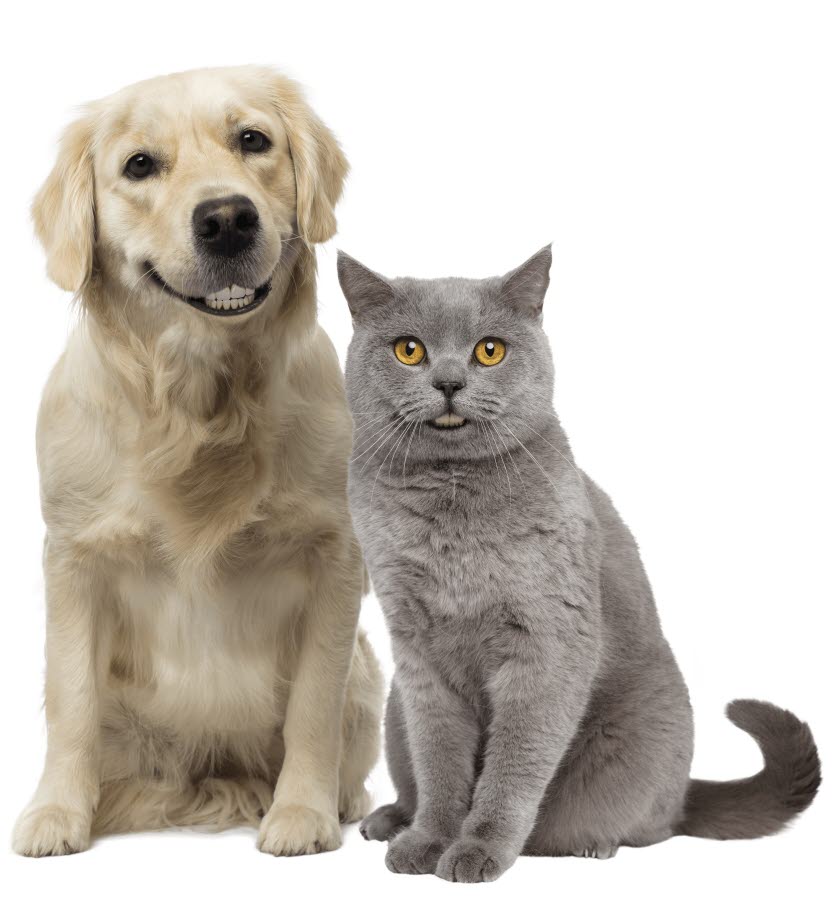
Important steps to dental and oral health in dogs and cats
3 years ago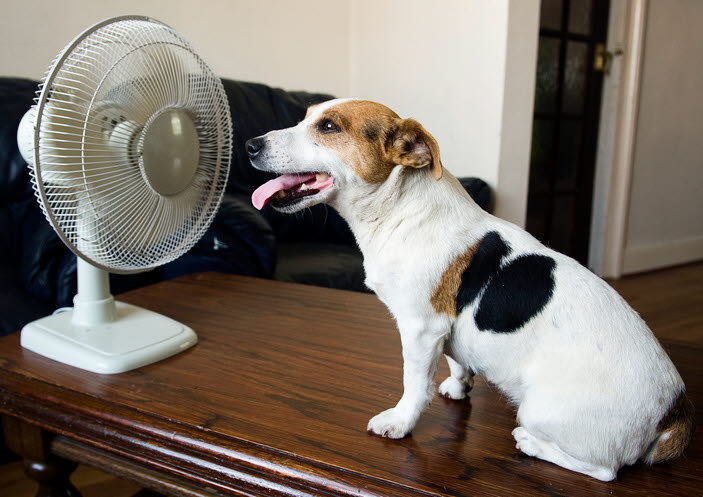
Be prepared for common summer hazards for pets
3 years ago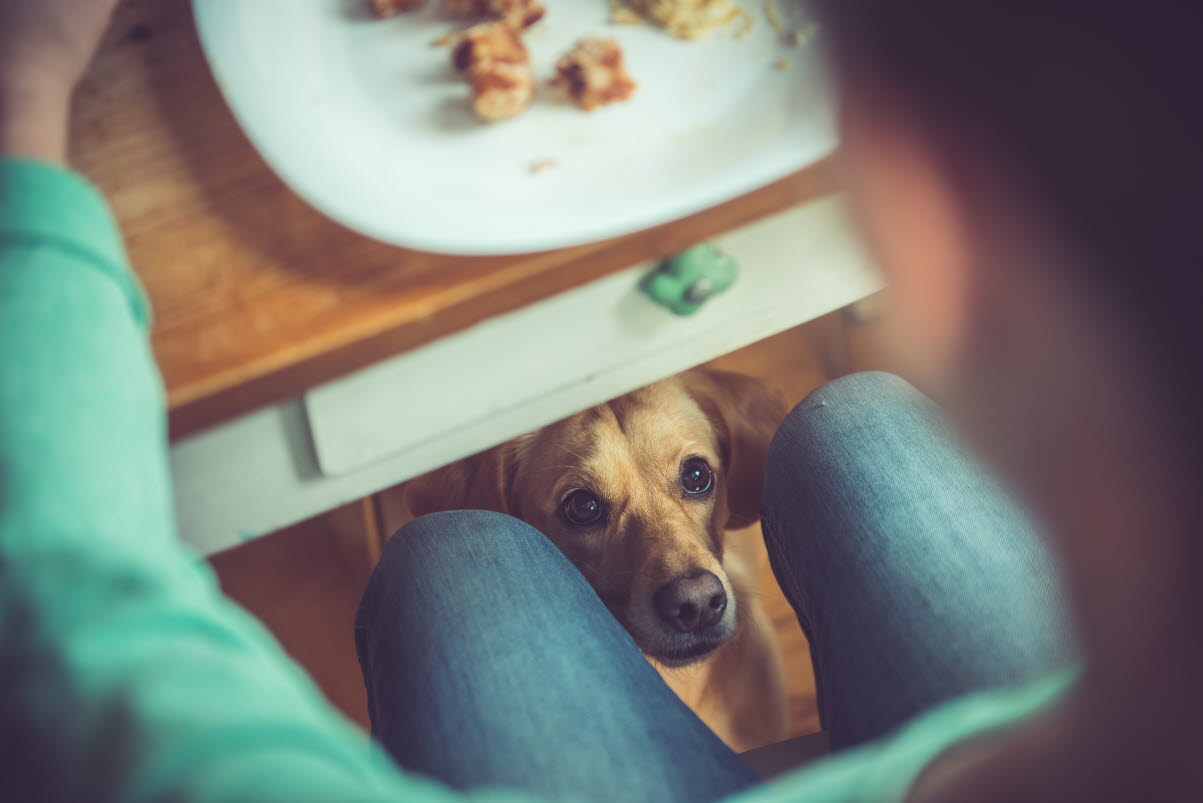
Pet Treats - How to Win the Battle of the Bulge
3 years ago